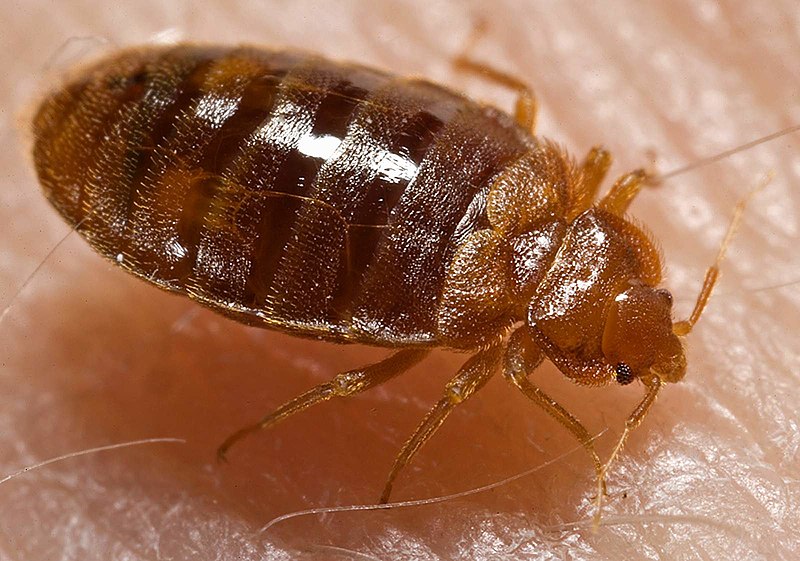Paypay:Bed bug, Cimex lectularius.jpg

Kadako hin nga pahiuna nga pagawas: 800 × 561 nga mga pixel. Iba nga mga resolusyon: 320 × 224 nga mga pixel | 640 × 449 nga mga pixel | 1,024 × 718 nga mga pixel | 1,280 × 898 nga mga pixel | 1,600 × 1,122 nga mga pixel.
Orihinal nga paypay (1,600 × 1,122 nga pixel, kadako han fayl: 161 nga KB, MIME nga tipo: image/jpeg)
Kaagi han paypay
Pidlita an adlaw/oras para makit-an an fayl nga naggawas hito nga oras.
| Pitsa/Oras | Thumbnail | Mga dimensyon | Gumaramit | Komento | |
|---|---|---|---|---|---|
| waray pa kasasapawi | 14:11, 17 Mayo 2007 |  | 1,600 × 1,122 (161 nga KB) | Patho | == Summary == {{Information |Description=ID#: 9822 Description: This 2006 photograph depicted an oblique-dorsal view of a '''bed bug nymph, Cimex lectularius''', as it was in the process of ingesting a blood meal from the arm of a “voluntary” human h |
Mga Sumpay
Global file usage
An masunod nga iba nga mga wiki in nagamit hini nga file:
- Paggamit ha af.wiki.x.io
- Paggamit ha an.wiki.x.io
- Paggamit ha ar.wiki.x.io
- Paggamit ha arz.wiki.x.io
- Paggamit ha ast.wiki.x.io
- Paggamit ha as.wiki.x.io
- Paggamit ha azb.wiki.x.io
- Paggamit ha be.wiki.x.io
- Paggamit ha bg.wiki.x.io
- Paggamit ha bjn.wiki.x.io
- Paggamit ha bn.wiki.x.io
- Paggamit ha bs.wiki.x.io
- Paggamit ha ca.wiki.x.io
- Paggamit ha ca.wikiquote.org
- Paggamit ha ca.wiktionary.org
- Paggamit ha ceb.wiki.x.io
- Paggamit ha cs.wiki.x.io
- Paggamit ha cv.wiki.x.io
- Paggamit ha dag.wiki.x.io
- Paggamit ha de.wikibooks.org
- Paggamit ha din.wiki.x.io
- Paggamit ha el.wiki.x.io
- Paggamit ha eml.wiki.x.io
- Paggamit ha en.wiki.x.io
- Paggamit ha en.wikinews.org
- Paggamit ha en.wiktionary.org
Kitaa durudamo nga global usage hinin nga file.
